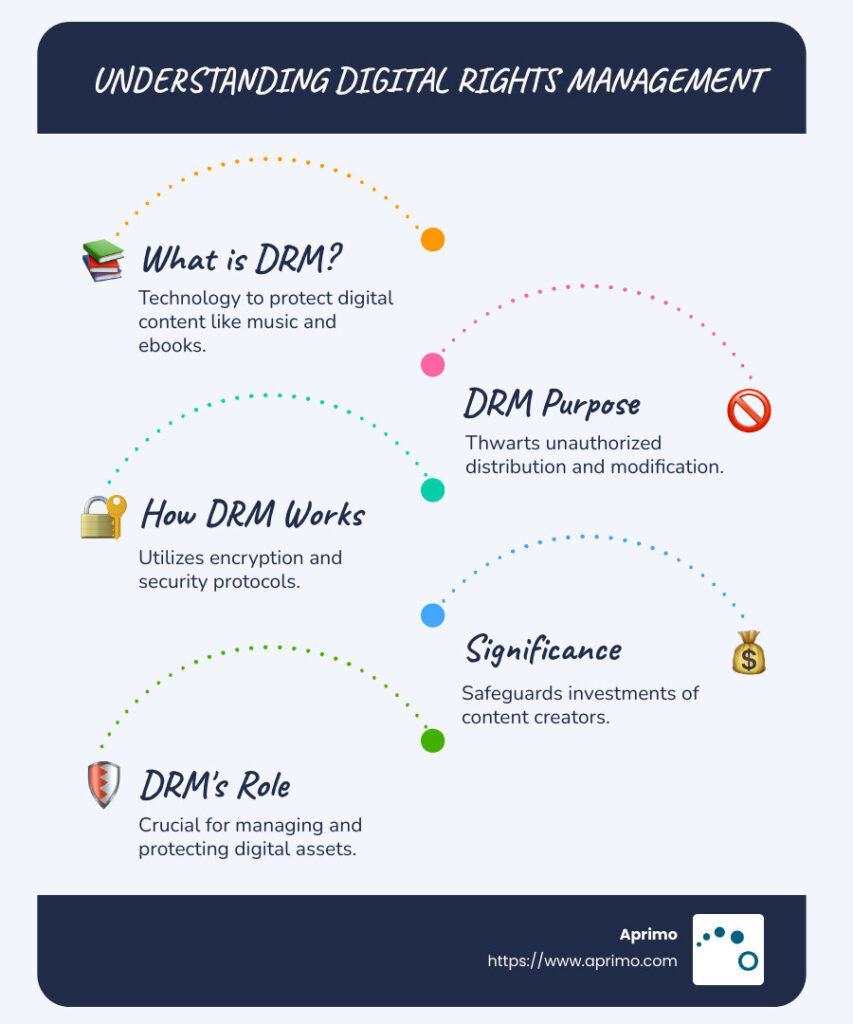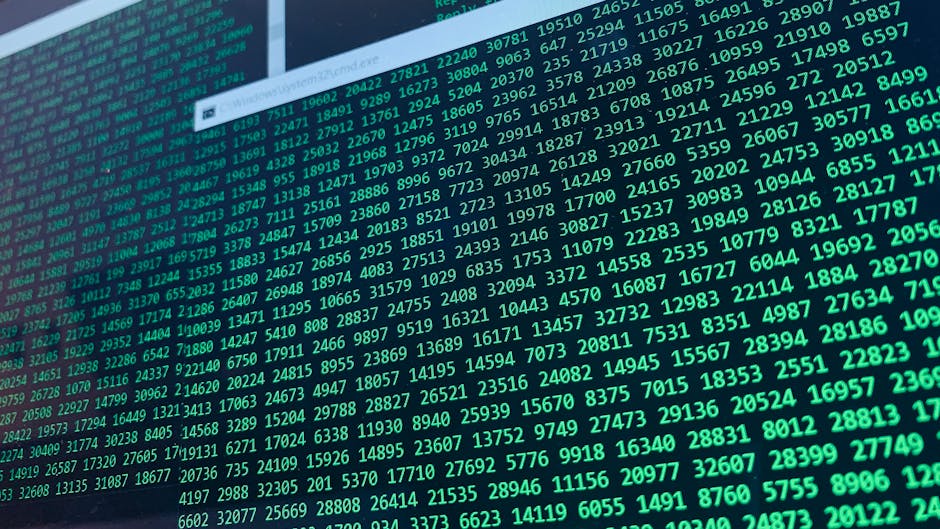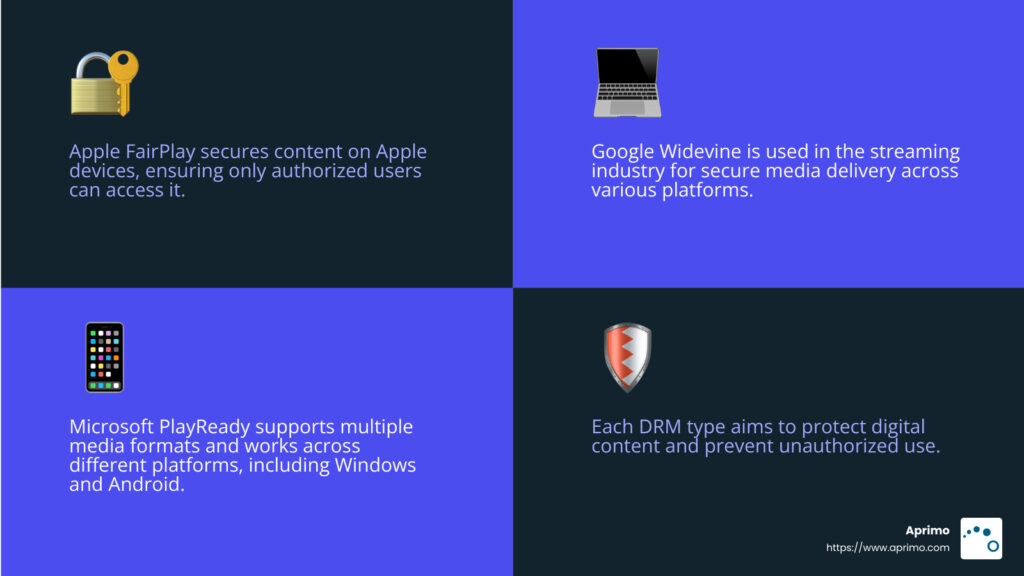The question “What is Digital Rights Management?” has become essential for anyone working with content creation, distribution, or protection. Digital Rights Management (DRM) goes beyond simply securing files; it’s about safeguarding the integrity and value of digital assets while providing a seamless user experience.
As digital consumption grows—streaming alone increased by 21% in 2021, according to the Motion Picture Association—content creators and organizations face mounting pressures to prevent unauthorized access, piracy, and data breaches. Striking this balance between accessibility and protection requires sophisticated DRM strategies that enforce licensing and usage agreements while supporting flexible access for marketing and creative teams.
As the need for secure digital access continues to grow, the complexity of licensing and user rights has evolved too. Modern DRM tools are now critical in helping organizations ensure compliance, control asset distribution, and protect intellectual property—all while enhancing usability for content managers.
From movies to software, DRM plays a crucial role in managing and protecting digital assets across various platforms. This guide will explore the importance of DRM, examining how it helps organizations maximize asset value, maintain brand integrity, and reach audiences securely. Discover how DRM can be a game-changer for your content strategy.

What Is Digital Rights Management?
DRM refers to a set of tools and technologies used to control and protect access to digital content, ensuring it’s only used by authorized users in ways approved by the content creator or distributor. DRM is essential for industries like publishing, entertainment, and software, where digital content is vulnerable to piracy and unauthorized sharing.
For example, streaming services like Netflix and Spotify use DRM to prevent users from copying or sharing their media outside of the platform, protecting their intellectual property and ensuring that content is only accessible to paying subscribers. Similarly, eBook providers use DRM to restrict copying and distribution, so purchased eBooks can’t be freely shared, supporting authors and publishers.
By implementing DRM, companies can safeguard their assets, uphold licensing agreements, and maintain control over how their digital content is accessed and distributed.
How DRM Works
Digital Rights Management operates through a combination of encryption, licensing, and authentication to control access to digital content, ensuring it reaches only authorized users under specific conditions.
At the heart of DRM is encryption, which encodes the content, making it unreadable without the proper digital “key.” When a user purchases or subscribes to digital content, they receive a license or decryption key that enables them to access it within certain limitations, like device restrictions, expiration dates, or playback settings.
The DRM process typically begins when a user attempts to access a piece of protected content, such as an eBook, video, or audio file. The DRM system checks the license attached to the user account, verifying that the device and account have permission to access the content. If the conditions are met, the DRM software unlocks the file for use.
For example, streaming platforms often use DRM to limit the number of devices a user can stream content on, preventing unauthorized sharing. Similarly, software providers use DRM to ensure that applications are only installed on licensed devices, safeguarding against unauthorized copying or distribution.
DRM enables content creators and distributors to maintain control over their digital assets, ensuring they are used in compliance with licensing agreements while preserving the value and integrity of the content.

Types of DRM
Different companies have developed their own DRM technologies to protect digital content. Here are three major types:
- Apple FairPlay: Used by Apple to secure content on its platforms like iTunes and Apple Music. FairPlay ensures that only authorized users can access and play content on Apple devices.
- Google Widevine: This DRM technology is popular in the streaming industry. It allows secure media streaming across various devices, making sure that content is delivered safely.
- Microsoft PlayReady: Widely adopted in the entertainment sector, PlayReady supports many media formats and is compatible with multiple platforms, including Windows, Android, and iOS.
Each type of DRM serves the same fundamental purpose: to protect digital content and prevent unauthorized use. However, they differ in how they integrate with platforms and the specific functionalities they offer.

Benefits of Digital Rights Management
Digital Rights Management offers several key benefits that are crucial for content creators and distributors. Here’s why DRM is important:
Copyright Protection
DRM acts as a digital shield for your work, helping to protect the rights of creators by ensuring that their content isn’t used without permission. When you create something, you own the rights to it. DRM ensures that ownership is respected and prevents unauthorized copies.
For example, if you’re an author, DRM can help ensure that your eBook isn’t freely copied and shared without your consent. Writers can maintain the value of their work and ensure that they receive the compensation they deserve.
Secure Distribution
Secure distribution allows content creators and distributors to control how their digital assets are accessed and shared across various platforms and devices. By embedding security measures directly within the content, DRM ensures that only authorized users can access or share files, protecting against unauthorized downloads, sharing, or modifications that could compromise the material’s integrity.
Here’s how DRM enables secure distribution:
- Controlled Access Across Platforms: DRM ensures that digital content can only be accessed by users with valid licenses, regardless of the platform they’re using.
- Device and User Authentication: DRM systems often include device and user authentication protocols that verify user identities and devices before granting access. For example, an online course might be restricted to the account holder’s device only, preventing students from sharing login credentials or downloading materials that can be redistributed.
- Encrypted File Transfers: DRM supports encrypted file transfers, preventing interception or tampering during transit, which is particularly critical for sensitive materials like proprietary software or confidential documents.
- Remote Access Management: DRM enables content owners to revoke access remotely if a security breach or misuse is detected.
DRM provides secure distribution methods, allowing content providers to confidently share their work across multiple channels, knowing that it will remain protected, accessible only to intended audiences, and uncompromised by unauthorized use.
Prevent Piracy
Piracy is a massive issue for organizations managing digital content. It involves the illegal copying and distribution of copyrighted content. DRM helps prevent piracy by making it difficult to copy and share content without permission.
Consider the music industry: with DRM, songs are encrypted, and only those with a valid license can play them. This discourages illegal sharing and helps artists and producers retain control over their creations.
DRM is an essential tool for protecting copyright, ensuring secure distribution, and preventing piracy. By using DRM, content creators can have peace of mind knowing their work is safe and their rights are upheld.
Challenges and Criticisms of DRM
Digital Rights Management is a powerful tool for protecting digital content, but it comes with its share of challenges and criticisms, especially regarding implementation costs, consumer rights, and legal complexities. Addressing these concerns is essential for organizations aiming to balance robust protection with a positive user experience.
Costly Implementation
One significant challenge is the cost of implementing DRM systems, which often require advanced technology, ongoing maintenance, and dedicated personnel. For smaller companies, these costs can seem prohibitive, particularly when budgets are tight.
However, choosing an adaptable, integrated DRM solution can streamline the process, allowing organizations to scale protection without overwhelming resources. With the right tools, businesses can focus more on innovation and less on overhead, making DRM an accessible investment for securing content.
Consumer Rights
Another criticism often directed at DRM is its impact on consumer rights. Users sometimes feel restricted by DRM, unable to transfer or fully control the content they’ve paid for, which can lead to frustration and impact brand loyalty.
An effective DRM system addresses this by balancing content security with flexible, user-friendly access controls that prioritize the consumer experience. By allowing secure yet seamless access across approved devices, DRM can create a fair, positive experience for users without compromising protection.
Legal Issues
Finally, legal issues surrounding DRM, such as navigating complex copyright laws and licensing agreements, can present a daunting landscape for companies, especially when expanding into new markets with varying regulations.
A carefully designed DRM solution simplifies these challenges by ensuring compliance with a variety of legal requirements, helping organizations adapt quickly and minimize risk. The right approach allows content providers to focus on expanding their reach while remaining confident in their compliance with international and domestic laws.
By acknowledging and addressing these challenges, companies can adopt DRM systems that protect their digital assets effectively while maintaining flexibility, user satisfaction, and legal assurance.
Use Cases of Digital Rights Management
DRM is tailored to meet specific needs in protecting valuable digital content, from entertainment media to business data and software programs. Each use case highlights DRM’s adaptability and impact in securing intellectual property, maintaining data integrity, and supporting revenue models.
Entertainment Media
In the entertainment industry, DRM is essential for protecting movies, music, and eBooks from piracy, ensuring that only paying customers can access content. Streaming services use DRM to enforce content licensing agreements, allowing creators and distributors to control when, where, and how their media is accessed. Controlled access safeguards revenues and allows for flexible subscription models, enhancing accessibility for users while maintaining the security of the content.
Business Data
DRM helps protect sensitive information, including internal reports, financial data, and confidential client documents. By implementing DRM, companies can control who accesses critical data and restrict sharing outside authorized channels.
In industries such as finance, healthcare, and legal services, where data breaches carry significant risks, DRM enforces confidentiality and regulatory compliance by limiting access and allowing for audit trails to track data usage. A secure data environment ensures that organizations can share and collaborate on sensitive information with confidence, even with remote teams.
Software Programs
In software programs, DRM is commonly used to prevent unauthorized installations and enforce licensing agreements. For software companies, protecting intellectual property through DRM allows for a controlled and legal distribution of their products, reducing revenue loss from piracy.
Additionally, DRM in software enables subscription and usage-based licensing models, allowing developers to offer flexible options, such as limited-time trials or device-specific licenses. Flexibility ensures that users have legal access to the software they need, while developers maintain control over their intellectual property.
In each of these cases, DRM adapts to the unique requirements of different industries, offering both control and flexibility. By preventing unauthorized use and enforcing legal access, DRM supports sustainable revenue models, enhances data security, and enables companies to offer tailored, secure user experiences across various digital assets.
Frequently Asked Questions about Digital Rights Management
Can DRM be bypassed or cracked?
While no digital security system is entirely immune to tampering, DRM makes unauthorized access as difficult as possible. Some skilled individuals may attempt to bypass or crack DRM, but these actions are illegal and punishable under copyright laws. DRM providers continually enhance their technology to stay ahead of potential threats, using advanced encryption, secure authentication, and device restrictions to prevent unauthorized access effectively.
Additionally, many DRM systems now include features that detect and respond to tampering, such as revoking access for unauthorized devices or accounts. While no system can guarantee absolute protection, DRM offers a robust layer of security that deters most unauthorized attempts, protecting valuable digital content from widespread piracy.
Does DRM hinder legitimate users from accessing content?
DRM is designed to protect digital content from unauthorized access, but it is structured to allow legitimate users easy and secure access. When implemented thoughtfully, DRM doesn’t interfere with the user experience; instead, it works in the background, enabling access while safeguarding content. Some DRM systems now support cross-device access, allowing users to view content on multiple devices within the terms of their license.
Additionally, advances in DRM technology aim to streamline authentication processes, minimizing disruption for legitimate users. While DRM can sometimes introduce extra steps, such as logging in or verifying a device, these measures ensure that content remains secure, ultimately benefiting both creators and users by preserving the integrity and quality of digital assets.
Can DRM negatively impact performance or playback quality?
In some cases, DRM can impact performance or playback quality, but this largely depends on how the DRM system is implemented and the capabilities of the device being used. Certain DRM processes, like encryption and frequent authentication checks, may require extra processing power, which can occasionally lead to minor delays, especially on older devices.
However, most modern DRM solutions are optimized to minimize these effects, allowing content to stream or play smoothly without a noticeable impact on quality. Advances in DRM technology now prioritize seamless user experiences, with minimal interference in playback, so users can enjoy high-quality content while still benefiting from strong protection against unauthorized access.
Protect and Empower Your Digital Assets: Discover the Right DRM Solution
DRM plays a crucial role in safeguarding digital assets, ensuring that creators and companies can control access and prevent unauthorized use. However, DRM is just one piece of the puzzle.
Digital Asset Management (DAM) systems take content protection a step further. These platforms help manage rights and streamline the entire content lifecycle. With features like AI-powered content operations, DAM systems improve asset findability and automate management tasks. Organizations utilizing DAM systems ensure that their brands remain consistent and compliant across all channels.
Moreover, AI-powered solutions are changing how we handle digital rights. AI can quickly analyze vast amounts of data to improve asset security and optimize content usage, meaning faster content creation and improved efficiency.
Incorporating a robust DAM system into your strategy is essential for any organization looking to protect its digital assets while maximizing their value. In addition to preventing piracy, it’s about empowering your team to make informed decisions and protecting your brand’s reputation.
Aprimo provides a comprehensive DAM solution that secures digital assets and streamlines access and distribution, ensuring that content reaches the right audience without compromising protection. With tools to manage licensing, enforce compliance, and monitor usage, Aprimo empowers organizations to safeguard their intellectual property while enhancing content accessibility. Book a demo today to explore our DRM capabilities in action.


